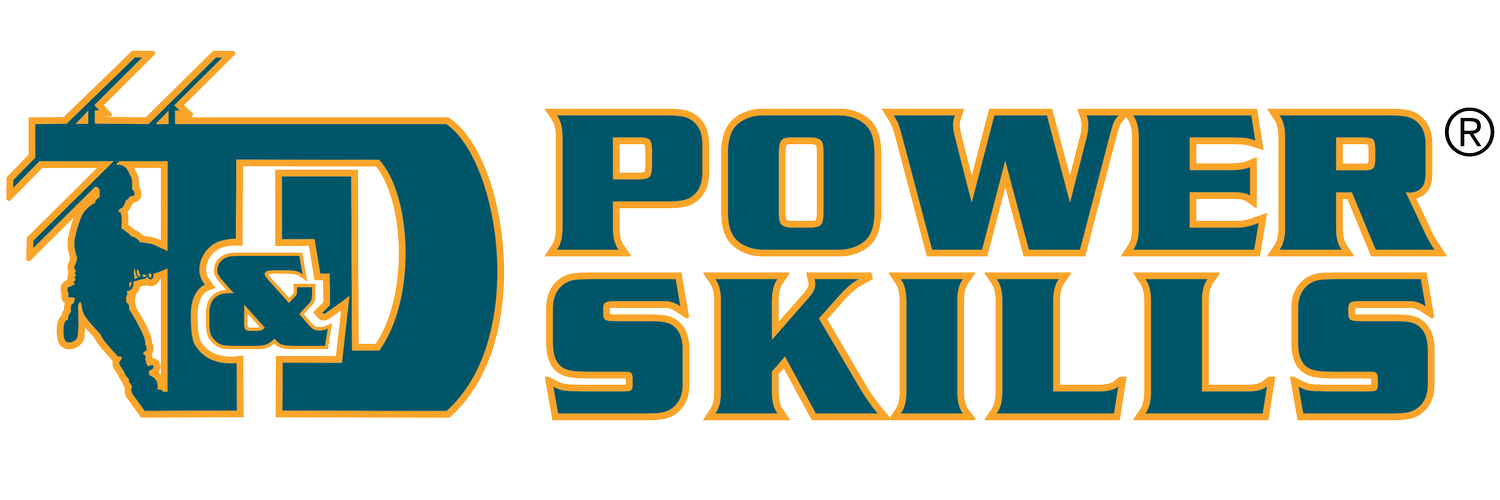Overhead Troubleshooting 2 - Emergency Conditions
COURSE DESCRIPTION
When damage from storms and disasters is extensive, a much larger than normal troubleshooting effort is usually required to get customers back on line as quickly as possible. To support this effort, companies often have special emergency plans in place to make sure that their employees can deal with the problems and conditions that are likely to be encountered. This course examines some of the conditions that tend to make troubleshooting overhead lines under emergency conditions different from normal troubleshooting.
COURSE GOALS
The Describe how to prepare for emergency situations.• Describe how problems are prioritized during emergencies.
List safety considerations that should be followed during emergency troubleshooting.
Describe how communications are handled between field personnel and the dispatcher during an emergency situation.
SUBJECTS AND OBJECTIVES
Introduction
Identify differences between troubleshooting under emergency conditions, and troubleshooting under normal conditions.
Describe some basic preparations that can be made prior to emergency troubleshooting.
Describe one method used to prioritize problems during emergency troubleshooting.
Describe basic safety precautions that should be followed during emergency troubleshooting.
Communications
Explain why a communications center is needed during emergency conditions.
Describe how communications to and from a communications center during emergency conditions are different from communications during normal conditions.
Describe how the field communications group at a communications center coordinates feedback from company personnel in the field during an emergency.
Describe how the customer communications group at a communications center coordinates information from customers during an emergency.
Describe how the dispatcher evaluates information collected by communications center personnel and works with troubleshooter to deal with an emergency.
Emergency Troubleshooting
Describe some methods for effectively dealing with the physical and electrical hazards present when troubleshooting overhead lines at night during a storm.
Describe methods that a troubleshooter can use to help prioritize repairs and clear lines.
